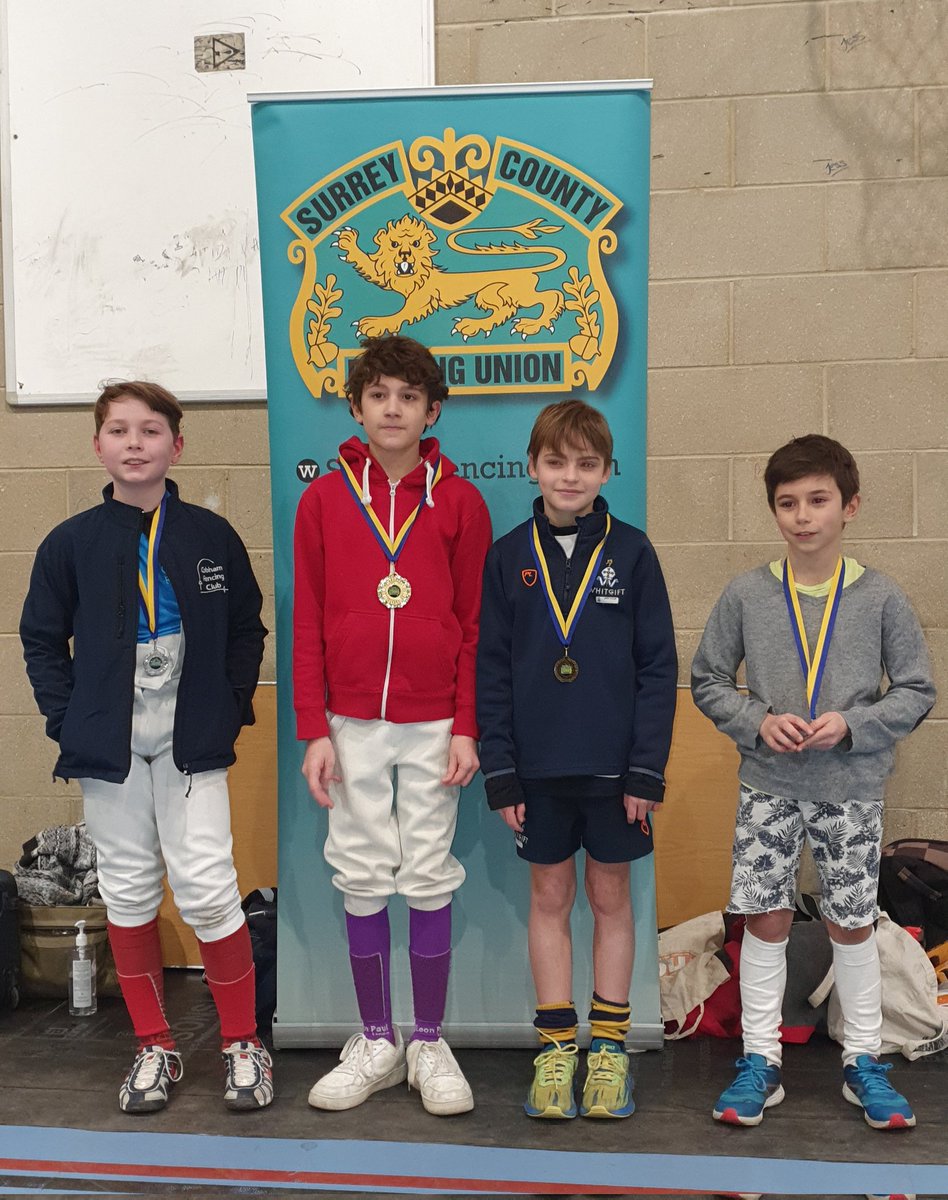Among the Olympic sports, it is the one that brings us the most medals. But foil, sword, and saber are not sports practiced only at a competitive level. Let’s see what are the benefits of Kids fencing lessons. Fencing is a sport that brings many benefits both from the point of view of physical fitness and the mind.

Training at Fencing School is divided into technical and athletic training. The exercise required by fencing has beneficial effects on the cardiovascular system and helps tone the muscles.
In technical training, the work is aimed at preparing the assaults. In this case, most of the effort will be on the legs, particularly on the quadriceps and buttocks. The biceps and arms are also strengthened. The psychological aspect that benefits from this type of training should not be underestimated: concentration, decision speed, and a strategic vision are stimulated to the maximum.
Unlike other sports, fencing is for everyone. The etymology of the word ‘fencing’ (which means to protect, to cover) represents the spirit that characterizes this art: to use one’s weapon as a defence between oneself and the opponent. Why choose a fence for children?
Fencing for children, the benefits
Fighting art has been practiced since ancient times. Today fencing is also a popular Olympic discipline for its elegance and achievements. Undeniably it is a healthy sport that requires strength of mind and the ability to manage emotions, concrete help in searching for that inner balance. Combat is a happy combination of strategy, agility, coordination, and endurance. Exercise helps build strengths and support weaknesses leading each athlete to visible and rewarding results. Developing self-control is the basic rule of Kids fencing: learning to dominate body and mind strengthens children’s psychological balance by helping them in emotional growth more than many other sports.
The weapons of fencing
Fencing is practiced with three weapons: the sword, foil, and saber. The sword and foil are tip weapons. The saber is a tip, cut, and counter-cut weapon. In the discipline of foil and saber, the point is assigned to the fighter who attacks and touches the opponent. In the discipline of the sword, the point is awarded to the athlete who touches first. The valid target in the sword is the whole body. In the foil, it is the trunk. In the saber, it is the body from the belt up, arms and head included.
At what age to start fencing?
The child around six years of age generally starts with the foil. The lightest weapon will be the teacher, who, guiding him with the basic techniques, will be able to direct him towards the most suitable weapon for him. A good teacher looks into the soul of his pupil and helps him in choices and difficult moments.

It is not necessary to have particular physical characteristics. Fencing Classes develop skills of agility and fluency of movements. It is good for everyone and can be practiced for a lifetime. It is more the character, the temperament that directs the young athlete towards one or the other discipline, greater introversion and a shy and cerebral attitude, well-framed can become a strength such as resourcefulness and the ability to prevent the opponent’s moves.




Comments